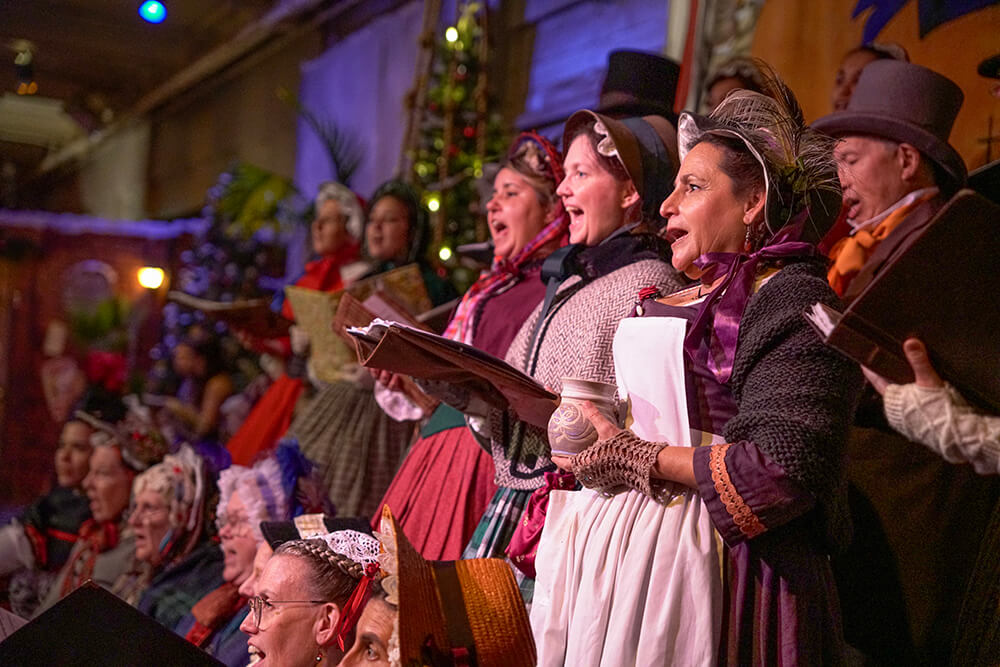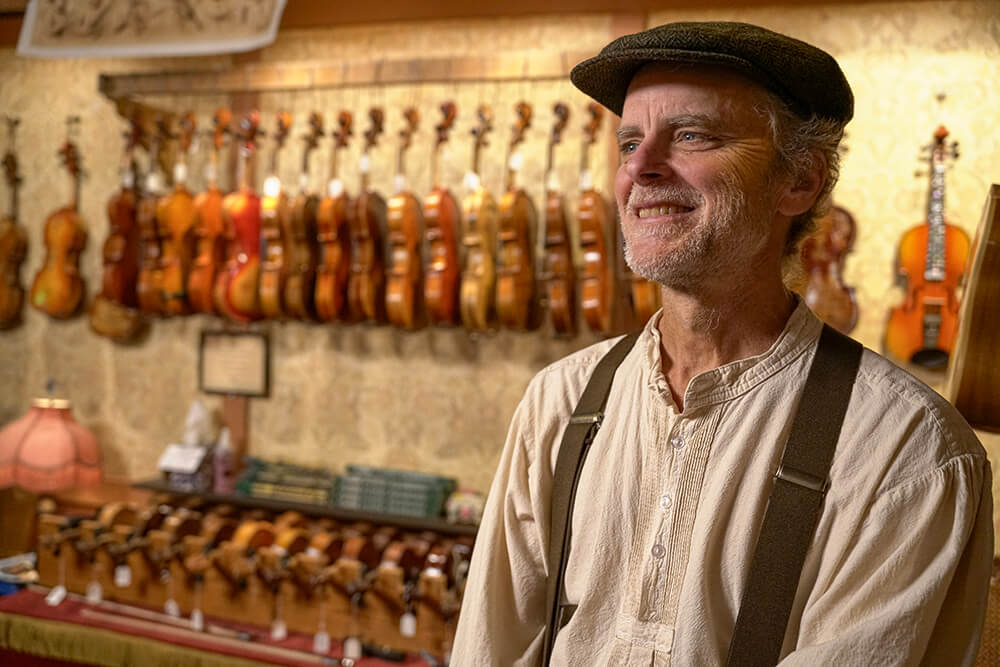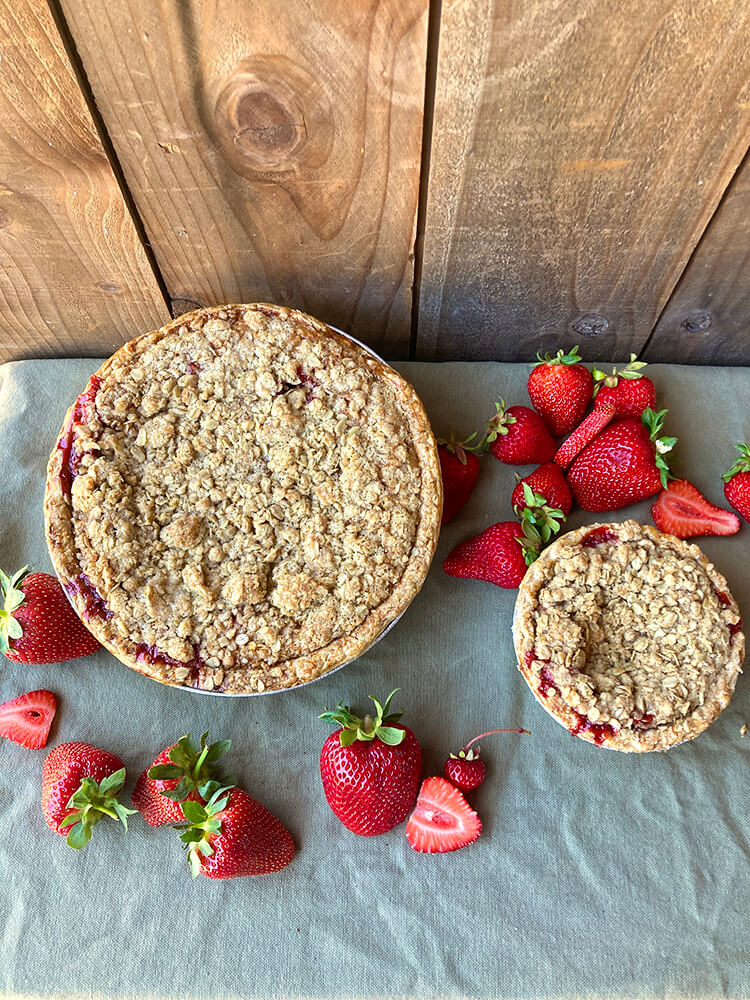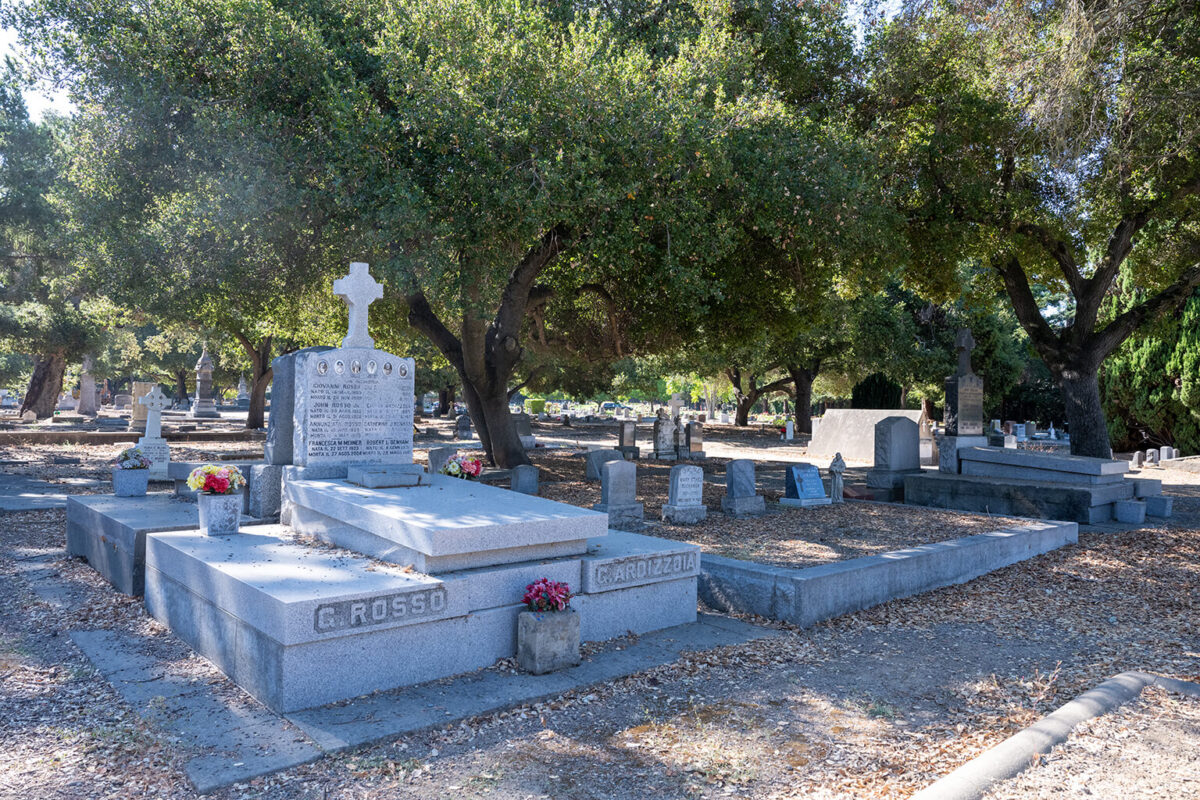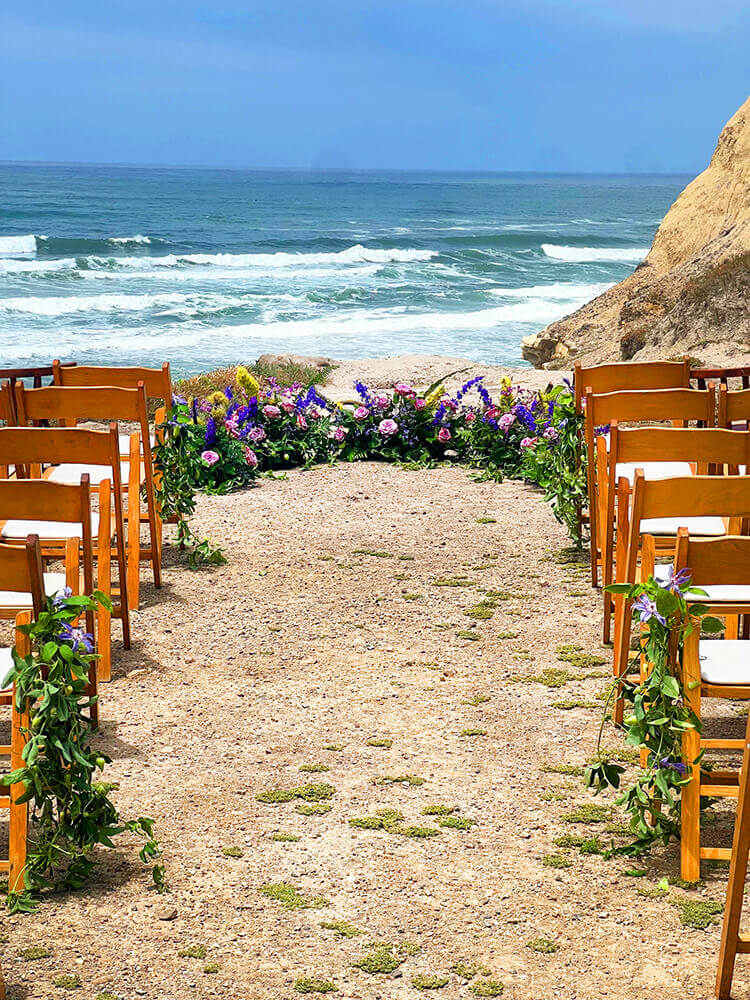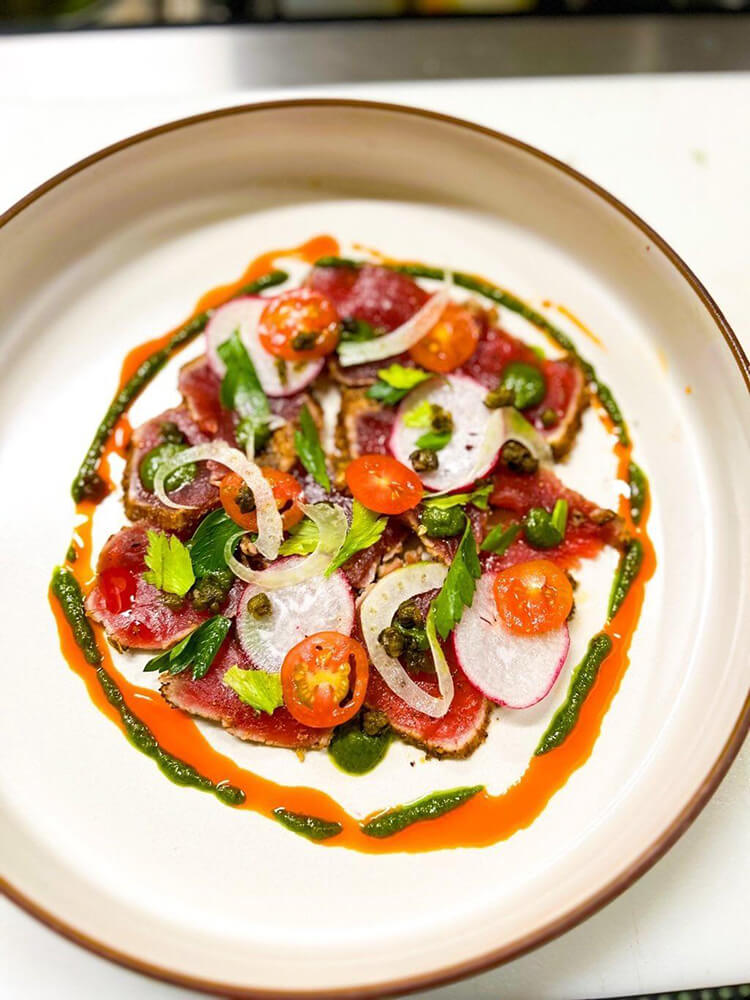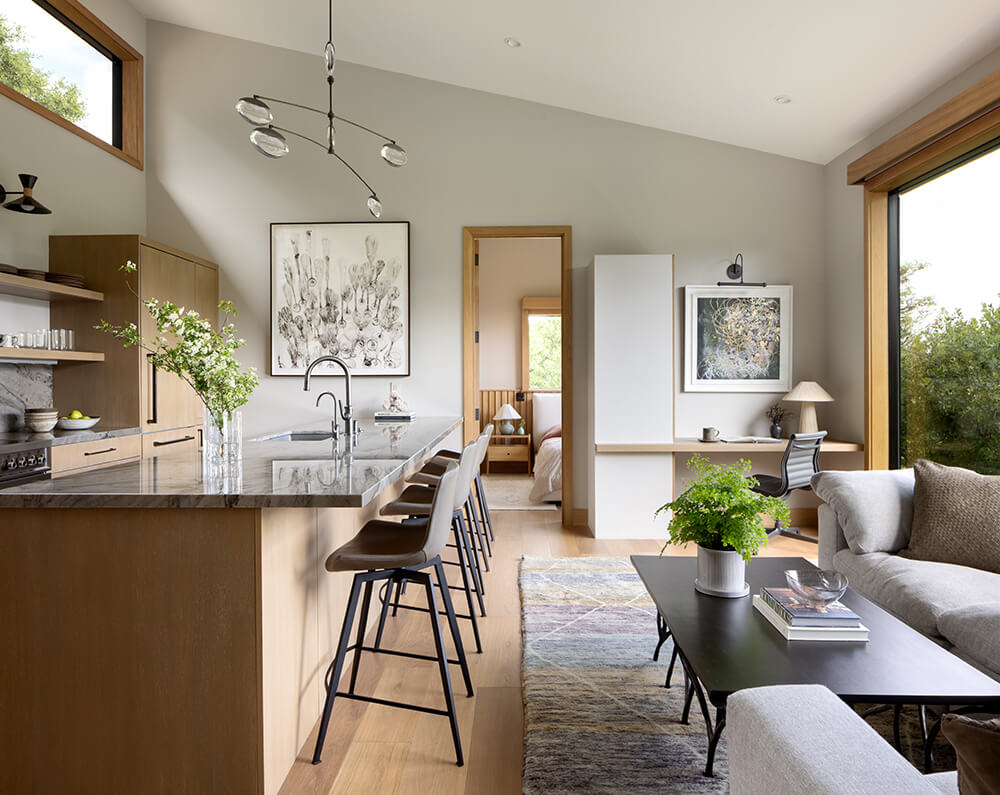Words by Johanna Harlow
Sometimes success comes through sequencing. Taylor Eigsti puts as much consideration into the order of the songs on his latest contemporary jazz album, Plot Armor, as he does in creating them. “The sequence tells a story,” he notes. Even if the music is good, an album can fall apart if it isn’t told in the right order—if “it doesn’t unravel in the right way.” He reaches for a metaphor to drive home the point. “You could see a great Picasso painting, but if it’s hanging in the bathroom of a Wendy’s, you’re going to be like, ‘Whatever.’ The framing is so important.”
Taylor’s life, like his albums, unfurls with profound purpose. As Menlo Park’s child prodigy turns 40 this year, he’s traveled a road paved with triumph and loss. Taylor has released nine albums, performed with the likes of Sting and John Mayer, and symphonies that include the New York Philharmonic, toured internationally and won a Grammy. But he’s also outlived his entire family and several mentors. Music is more than a career, it’s Taylor’s key to unlocking connection and catharsis.

Cover Photography: Lauren Desberg / Photography: Elizaveta von Stuben
Piano Prodigy
Taylor was born into a musical household, the offspring of two radio DJs from Indiana who fell in love, married and eventually moved to the Bay. But it was his sister Shannon, also a pianist, who catapulted him into musical pursuits. Not long after jamming with The Doobie Brothers at Shoreline Amphitheatre to their song “Listen to the Music,” Shannon passed away from leukemia. “She died one day before her high school graduation,” Taylor says. He began piano lessons soon after, at the age of four.
Though Taylor might be a polished performer today, his first recital was less than auspicious. “I started crying and I ran off,” he reminisces with a smile. “And then I yelled out, ‘Do I still get a donut?’” His stage fright didn’t last long however, and he landed his first paid gig at eight.
At that early age, little Taylor was all about smooth jazz. “I would fall asleep listening to that every night,” he says, adding that he looked up to pianist and composer David Benoit, who would later become his mentor. “I would try to pretend like I was him and emulate him because I liked the energy, the funkiness, the playfulness,” he describes. “I was him for Halloween!”

Photography: Elizaveta von Stuben
For the next few years, Taylor played background music at bars and restaurants. “I was able to get a lot of the ‘paying your dues’ young, which I’m grateful for,” he says. On the cusp of his teens, this 12-year-old had already played alongside his musical idol David, including at a concert at Sunset Magazine’s picturesque gardens in Menlo Park. But it was also the year Taylor’s dad passed away from cancer. Not long afterward, he would tell a local newspaper, “I’m a musician and so my music helps me get through things … I can take out anger and sadness, and the other 20 zillion feelings that people get, on the piano.”
Staying strong, Taylor started a band with his friends at the age of 13, dropped his first album Tay’s Groove at 14 and started teaching at Stanford Jazz Workshops at 15. “So many people in this area gave me a chance,” Taylor shares, mentioning promoter and jazz historian Herb Wong, the folks at the San Jose Jazz Society and countless others who took him under their wings and set him up for success. By the time he reached his college years, he’d already recorded four albums.

Photography: Andy Nozaka
Finding His Voice
But it wasn’t until his 20s that Taylor felt like he’d truly found his own sound. “It became less emulating,” he reflects. Now, “I have more conviction over who I am as a musician and as a stylistic identity.” Classifying his work as modern progressive jazz with some cross-genre flair, Taylor notes, “As I grew older, I absorbed a lot of other influences from different types of music—everything from classical music and Björk, pop music and soul, R&B … I play all the time with musicians who are a little bit more genre-unspecific.”
His music’s intricacy, another mainstay in his composition, stems from musical collaborations. Not only have numerous artists lent their voices and instruments to Taylor’s albums, but he’s also repaid the favor, joining in as a supporting sideman on over 70 albums to date. “It’s such an interesting community where we all play in each other’s bands,” he describes. This relational method of music-making stands out when Taylor performs with his quartet. He frequently interacts with the other players on stage, a captivating conversation held entirely in expressions and riffs.

Photograph: Patryk Larney
That collaborative spirit is strong in his 2021 album Tree Falls, a work filled with rich symphonic sound and sweeping strains. “I wanted to have the strings and woodwinds and have that kind of orchestral lushness in there,” Taylor describes.
One special song, “Rainbows,” was inspired after Taylor listened to a recording from his sister’s memorial service. “Some tunes take 10 years, some tunes are just the never-ending bridge—I wrote that tune in 10 minutes,” he shares.
The Highs & Lows
It didn’t take long for Tree Falls to garner a lot of attention, and the season following the album’s release was a whirlwind. “It was a really weird year,” Taylor notes of 2022. In quick succession, he went through a breakup, won a Grammy Award for best contemporary instrumental album, then lost his mother to her long battle with dementia.
Days after her death, Taylor found solace in composing. “I’ve dealt with enough tragedy in my life that I’m not going to stop the world and just sit in the grief,” he notes. “Every single day that I would be home from the road, I was working on that album.” He spent 71 days recording on four different pianos (including Frank Sinatra’s Steinway) to bring the album Plot Armor to life.

Photography: Tafadza Chiriga
Not only is the album dedicated to his mother, but the lyrics of the track “Fire Within” are also drawn from notes left behind by Taylor’s mom. It’s sung by Lisa Fischer, a backup singer who toured with the Rolling Stones for over 25 years, and whom Taylor considers family. “I needed the screaming voice behind the Rolling Stones for my mom,” Taylor laughs. “I didn’t want some sappy, sad tune. That wasn’t her, you know?” He adds that Lisa truly took the task to heart. “She set up pictures of my mom in the studio. She wanted to channel her.”
In fact, 20 musicians supported Taylor on Plot Armor. “I wanted moments where you’re hearing a viola and it turns into a flute and then it turns into a voice,” Taylor describes. “I deliberately wanted blurriness because life isn’t always clear … The more we make music reflect life, the harder it hits us emotionally because I think it becomes more human.” And he, more than most, understands that life, unlike piano keys, isn’t black and white.

Taylor hugs his mom. (Photography: Taylor Eigsti)
Taylor Today
The pianist continues to prosper, embracing new projects and performing alongside the musicians he calls friends. He’s also worked on film soundtracks for directors Spike Lee and Tony Kaye. “It’s a selfless form of creating music, because you’re invisible but powerful,” Taylor says of cinematic songs. “Like a hand in front of someone’s face but the fingers are open. Powerful but transparent and present.”
What’s next? “My next record will probably be something for my dad,” Taylor says. “There’ll be more electronics on that. Because he was a gadget guy, and he was always soldering in the garage.”
Though he mainly lives in New York, Taylor retreats to North Carolina, where his girlfriend lives, when he needs to detach from all distractions. He’ll hole up at his house (fondly called “The Ranch”) and let inspiration strike. “I use that house like a compositional studio now. I can write on the walls and stuff. It looks like I’m trying to solve a serial killer case,” he chuckles. “It’s an isolated bubble. There, the world slows down.”

Photography: Jim Fung - Peninsula Symphony Orchestra
That said, you’ll still find Taylor returning regularly to the Bay Area. Recently, he played alongside his longtime pals at the Peninsula Symphony Orchestra, treating the audience to his original compositions as well as Gershwin’s rousing Rhapsody in Blue. “They’re just so friendly,” Taylor says of the symphony’s musicians. “Everyone’s giving me hugs!” He also faithfully puts on concerts at Stanford University each year. “It feels like a home game,” he says with a big smile.



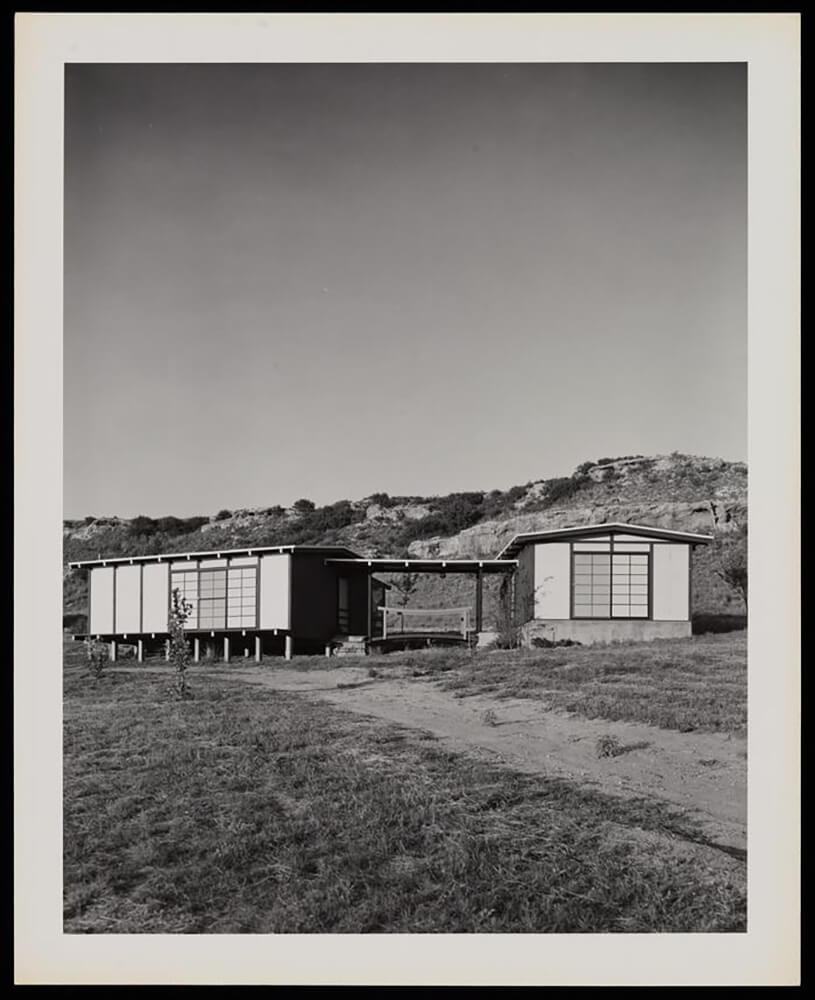














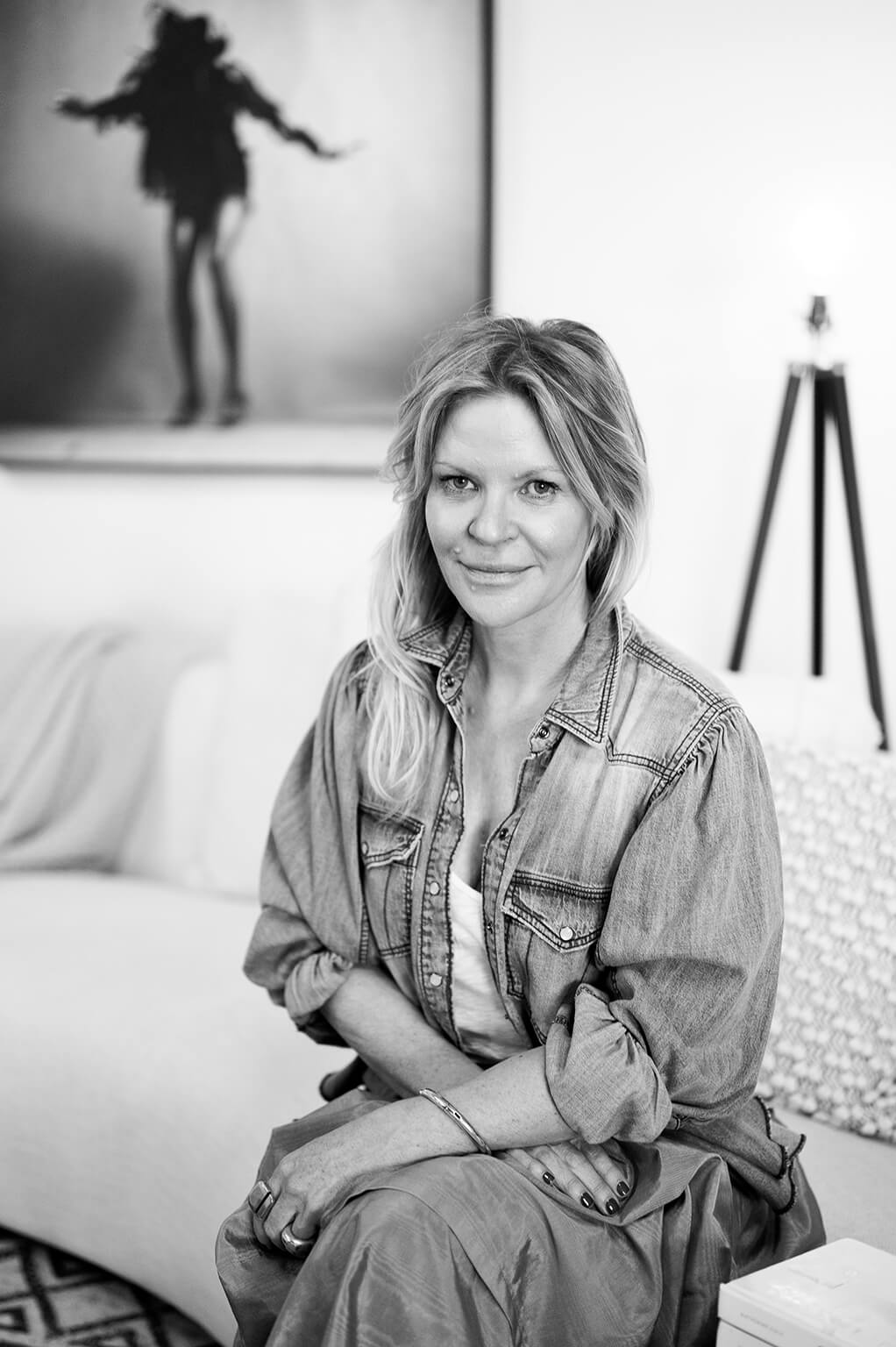







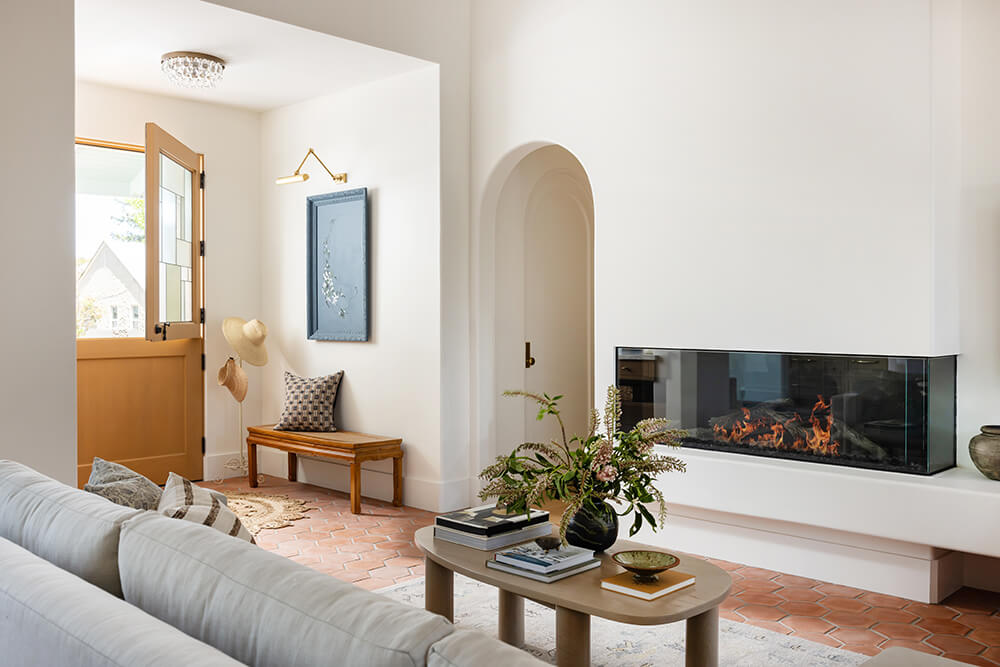


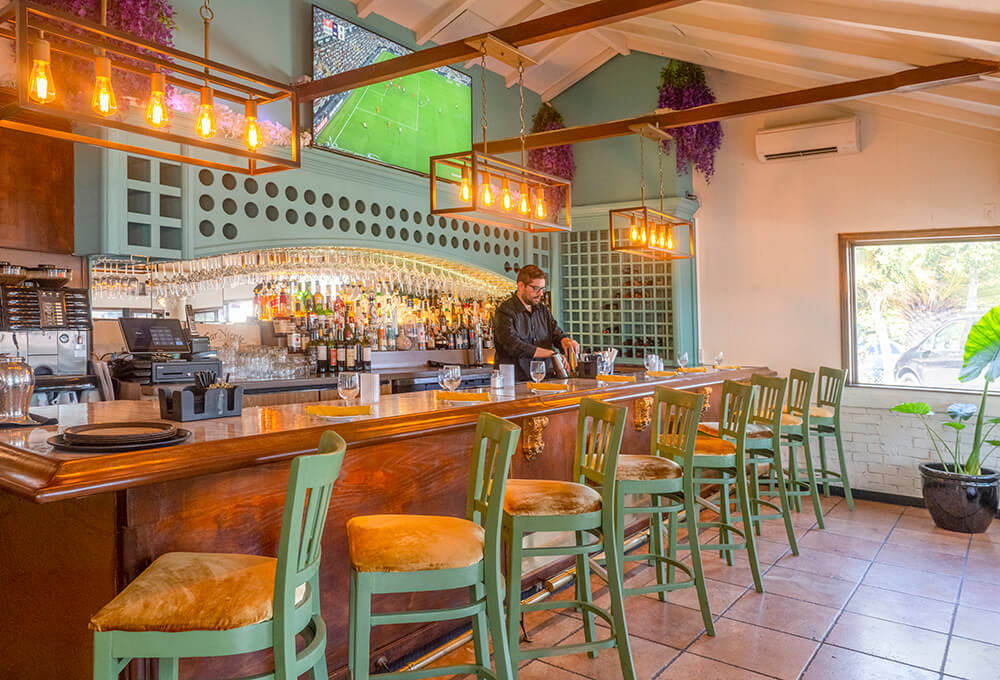




























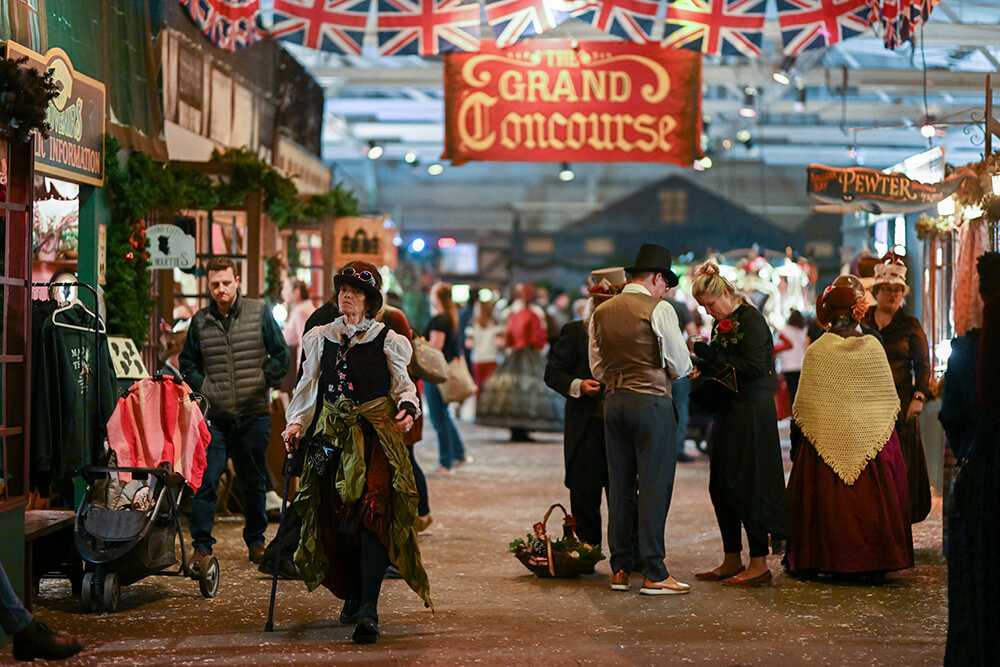 Cover photo: Courtesy of Denise Lamott / Photo: Courtesy of Rich Yee
Cover photo: Courtesy of Denise Lamott / Photo: Courtesy of Rich Yee

